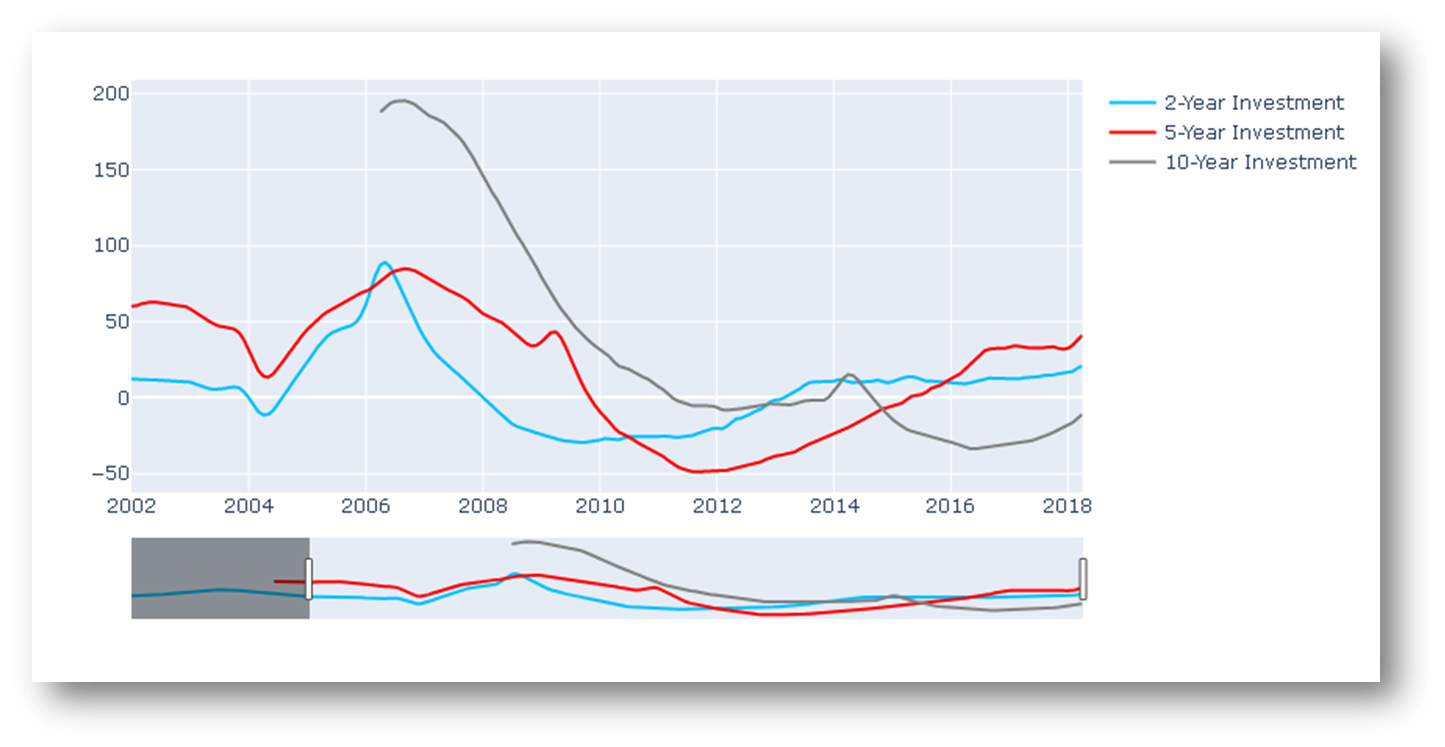
When we talk about Time Series & Machine Learning we need to understand one thing it’s just recently that machine learning models have caught attention and have established themselves as serious contenders to classical statistical models in the ever present forecasting world.
The reason it’s caught the attention is the availability of data which is multiplying by the second and this increasing availability of data has raised the bar of performing accurate forecasting of future behavior. Almost all area where the data is available there is now a demand for robust and efficient techniques which are able to infer from the observations the stochastic dependency between the past and the future. Thus a “Time series” data which is the progress of time is an important dimension in the datasets.

Forecasting future values of an observed time series plays an important role in nearly all fields of science and engineering, be it economics, finance, business intelligence, meteorology, telecommunication. Even when it comes to specific areas of working like the changes in stock prices, oil flow through a pipeline, real estate or even climate data over time requires an understanding of how to work with time series data.
The data driven machine learning models in the last decade and a half has been able to play a major role in enhancing the linear statistical methods such as ARIMA. The machine learning models with the time series analysis techniques are able to provide more insight into your data on one hand and are able make more accurate predictions on the other hand. Time Series Analysis also helps us to achieve a robust statistical framework for assessing the behavior of time series, such as asset prices when we have explore how the properties of the asset prices themselves change in time.

Two of the most basic time series models, namely White Noise and Random Walks. These models will form the basis of more advanced models so it is essential to understand them well.
The White Noise model
The white noise model has three properties:
- Fixed and constant mean
- Fixed and constant variance
- No correlation over time (we’ll talk about correlation in time series later, essentially, what this means is that the pattern seems truly “random”)
A special case of a white noise model is Gaussian white noise, where the constant mean is equal to zero, and the constant variance is equal to 1. White noise model is useful in many contexts. in particular, it can be used to simulate a “synthetic” series.
For Instance : A historical time series is only one observed instance, but If we can simulate multiple realizations then we can create “many histories” and thus generate statistics for some of the parameters of particular models. This will help us refine models and thus increase accuracy in our forecasting.
White noise becomes important for a couple of main reasons
1) A time series which is white noise is random so building a model to predict becomes questionable
2) The series of errors from a time series model should be ideally be white noise
To put it in simple words — White noise time series is defined by a zero mean, constant variance, and zero correlation
A Random Walk model
As opposed to the white noise model, the random walk model, however, has:
- No specified mean or variance
- A strong dependence over time
The changes over time are basically a white noise model
Many time series are random walks, particularly those of security prices over time.
Random walk processes are very common in finance. A typical example is exchange rates. The idea is that generally speaking (and unless any drastic events happen), tomorrow’s currency exchange rate will be strongly influenced by today’s exchange rate, with a small change (either positive or negative).Similarly the random walk hypothesis is a theory that stock market prices are a random walk and cannot be predicted. A random walk is one in which future steps or directions cannot be predicted on the basis of past history
A random walk is different from a list of random numbers because the next value in the sequence is a modification of the previous value in the sequence.
To put it in simple words -A random walk is unpredictable; it cannot reasonably be predicted.
